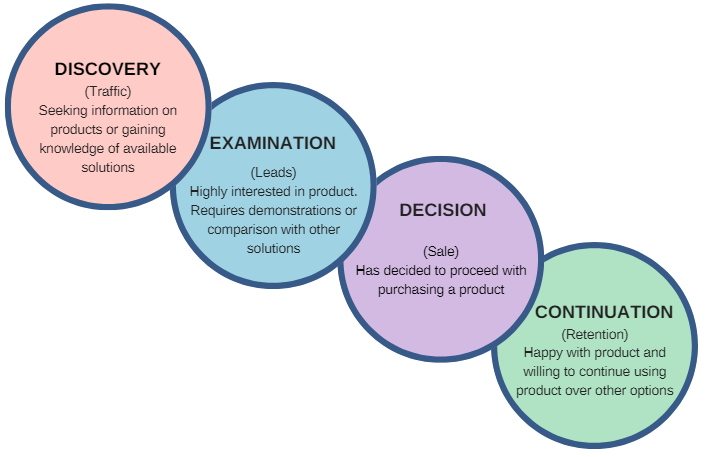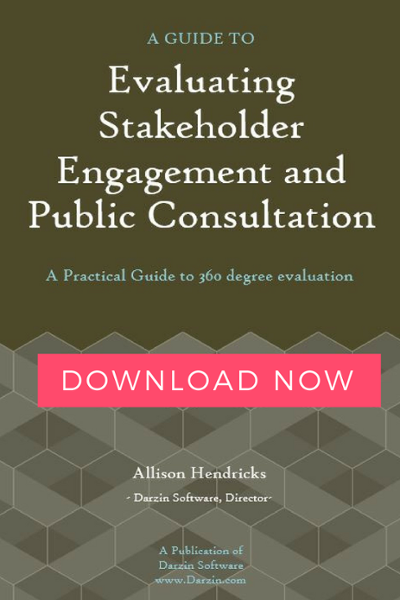Managing Stakeholders beyond Spreadsheets & CRMs
You’re only as strong as your weakest link, which in community engagement can be the systems you use for stakeholder relationship management.
You could be the Usain Bolt of effective community engagement, but without a capable system to channel your results, you’ll be stuck at the starting line. A great runner, like Usain Bolt, prefers high-quality shoes after all!
So, what is the best way to manage your engagement?
Let’s have a look at the options available for your stakeholder management.
Spreadsheets
Most organisations that don’t use stakeholder relationship management software, use Excel spreadsheets.
Now, Excel is a fantastic tool for storing and organising information. But, it certainly has some significant limitations when it comes to managing stakeholders and analysing feedback from a consultation or engagement process.
Just some of the problems you’ll face with excel are:
- Sharing – This has got the be the most significant challenge with using Excel – you can’t have multiple people editing a spreadsheet at the same time. As a result, you end up with each team member having their own version of, or their own uniquely formatted spreadsheet.
- Consistency – if you have ten different team members each with their own spreadsheet, chances are that you will have ten different ways in which data is being captured and recorded.
- Security – It’s harder to manage the security of data when you’re using spreadsheets. It’s easy for spreadsheets to be shared inappropriately, or used for purposes other than for which they were collected – running afoul of privacy and data protection legislation
- Keeping track of the latest version – who was the last person to edit the spreadsheet? Or worse case, “what happened to that version I’m sure I updated a few months ago?” – did someone accidentally delete the most recent version?
- Accessibility – Engaging with your community means you’ll be out and about; therefore, accessing up to date data would be useful. This can be challenging with excel. Ever tried reading a complicated spreadsheet on your mobile phone?
- Complexity – Unless you are a whiz with macros and pivot tables, analysing your data in a meaningful way can be rather challenging with spreadsheets.
If you want to efficiently and effectively collect, analyse, and manage your stakeholder’s data, then upgrading to a stakeholder management software is the way to go.
Customer Relationship Management (CRM) Software
CRMs are generally designed around a sales process, which is fundamentally quite different to an engagement process.
If you want to manage your engagement and understand your stakeholder’s needs, concerns and feedback, using a CRM is going to make things trickier, if not impossible.
There is a big difference between customers and stakeholders!
For a start, customers are people who receive or consume products and can choose between different products and organisations. Not people who are affected by, have an interest in, or the ability to influence a project – i.e. your stakeholders.
It is also important to note that customers generally have to be interested in the product for it to impact them; whereas stakeholders don’t have to be interested in your project at all. And even if they are interested, they might not even have a say in the project – a whole new can of worms…
The approach of how you engage and build stakeholder relationships will differ from the process of engaging with customers.
Have a look at the primary stages of the Sales Process below:


As you can see the sales approach of tracking people through stages in a sales pipeline isn’t the same as a stakeholder engagement process.
CRM software was developed specifically to cater to the sales steps and is not adept at conforming to the management of your data.
Learn more about Successful Consultation Data Management.
Stakeholder Relationship Management (SRM) Software
Stakeholder Relationship Management (SRM) software is designed specifically for community and stakeholder engagement.
An SRM like Darzin gives you the organised, segmented, up-to-date list of your stakeholders, as well as the ‘one source of truth’ visibility of all of the interactions anyone from your team is having with your stakeholders.
With an SRM you can log essential questions about the stakeholder engagement activities – Who’s been contacted about a particular issue? Where and when did consultation events take place? What were the results?
But more importantly, you can commence with qualitative analysis and advanced reporting on your engagement activities. You’ll always have your finger on the pulse of your stakeholder relationships and engagement!
If you want to be as efficient and effective as possible, then a Stakeholder Relationship Management System is the right way to go.
To learn more about stakeholder engagement and public consultation, check out our ultimate guide in the eBook below:
And remember…




